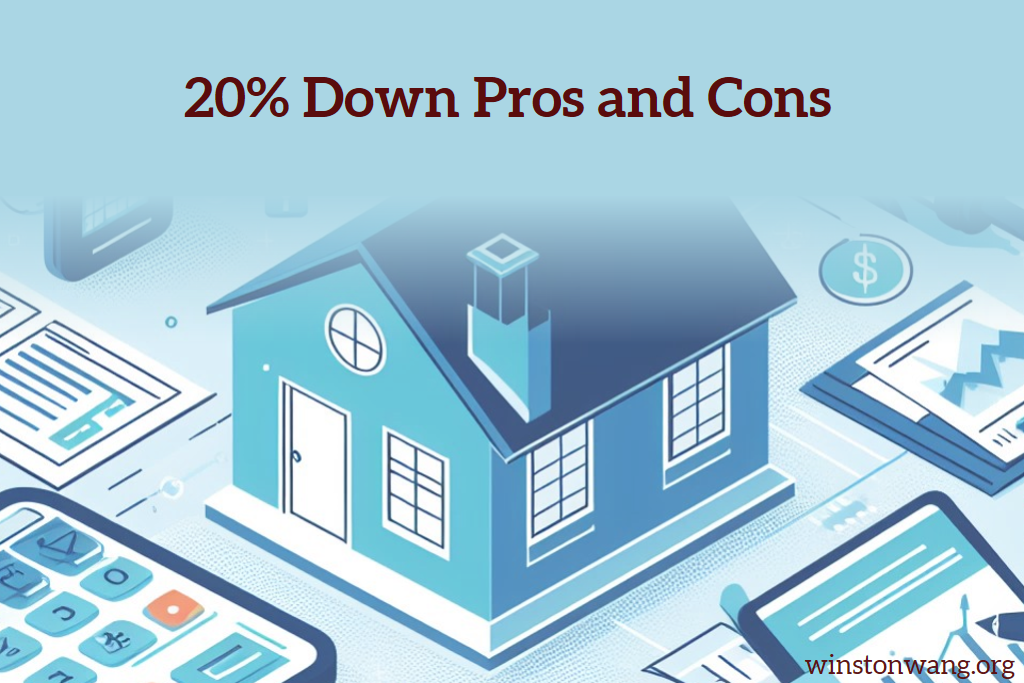20% Down Payment: Pros and Cons
When buying a home, one of the biggest decisions you'll make is how much to put down. A 20% down payment has long been considered the standard, but is it right for you?

Pros of 20% Down
- No PMI required
- Lower monthly payments
- Better interest rates
- More equity from the start
Cons of 20% Down
- Takes longer to save
- Less cash available for emergencies
- Could miss out on rising home values
- Ties up large amount of cash
Use our mortgage calculator to see how different down payment amounts affect your monthly payments.
Benefits of a Lower Down Payment
1. Keep More Cash on Hand
- Requires less money upfront
- Maintains emergency savings
- Provides flexibility for home repairs and improvements
- Faster path to homeownership
2. Investment Opportunities
- Keep more funds available for other investments
- Potential for higher returns in retirement accounts
- Diversify your investment portfolio
- Maintain financial flexibility
Drawbacks to Consider
1. Monthly Payment Impact
- Higher loan amount means larger monthly payments
- Less room in your monthly budget
- May affect debt-to-income ratio
- Could limit other monthly expenses
2. Private Mortgage Insurance (PMI)
- Required for conventional loans with less than 20% down
- Adds to your monthly payment
- Typically costs 0.5% to 1% of loan amount annually
- Continues until you reach 20% equity
3. Long-term Costs
- More interest paid over the loan term
- Higher total cost of homeownership
- Takes longer to build equity
- May affect loan terms and rates
Using Our Tools
Try these scenarios in our calculators:
- Use our mortgage calculator to compare different down payment amounts
- Check our rate comparison tool to see how down payments affect rates
Making Your Decision
Consider these factors:
- Your savings and income stability
- Local market conditions
- Investment opportunities
- Monthly budget constraints
- Long-term financial goals
Pro Tip: Don't deplete your emergency fund for a larger down payment. Having reserves for unexpected expenses is crucial for new homeowners.
Next Steps
- Calculate your potential down payment options
- Review your savings and investment strategy
- Consult with mortgage professionals
- Compare loan programs and rates
- Make an informed decision based on your unique situation
Want to explore your options? Use our mortgage calculator to run different scenarios.